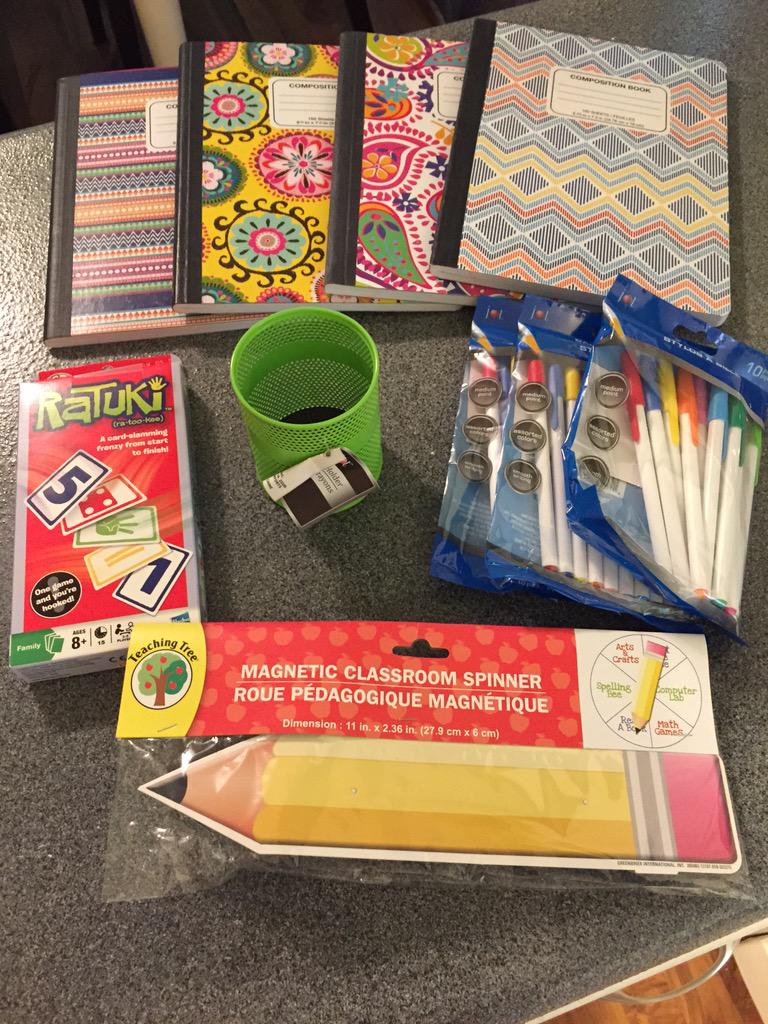I am really feeling bitter toward my job and pretty much never wanting to do it again. I also really want to post a long list of all the things I am bitter about. But that isn't fair to anyone and doesn't help anyone.
I am determined to get back into my daily posting habit on #onegoodthing to help me stay positive and one of my New Year's resolutions is going to be giving at least 5 compliments a day. These are two things that I am in control of and will hopefully help me focus.
In another begrudging effort to also help me focus, I am going to dig deep and write a post about the parts of my job that I am thankful for. Here goes my attempt to begin a daily routine of thanksliving:
- I have my own classroom to organize and decorate to my heart's content (the thing I wanted most as a child)
- Super cute office supplies, especially in chevron, teal, or lime green
- Free technology: laptops, ipads, SMART boards, Kuta
- Holidays and weekends off
- Summer!
- Snow days!
- Predictable hours (in the school building of course)
- It's never boring
- Getting to constantly be creative: in lessons, in worksheets, in activities, in conversation, in explaining, in literally creating programs, invitations, flyers, events, Prom, Homecoming
- Building relationships with students (really wish I could just spend all day talking to, asking and answering questions with them)
- Papermate Flair markers and Pilot FriXion eraseable pens
- Spirit week dress up days
- Having a new start every period, day, week, quarter, semester, school year
- Seeing self-created things go well in the classroom
- Not having to wear a uniform to work or come home smelling like greasy food
- Opportunities to make extra money through tutoring, summer school, coaching, subbing, etc
- Insurance and retirement benefits
- Direct deposit!
- Pretty copy paper
- Ability to requisition school supplies
- Working less than 5 minutes from home
- Knowing the entire faculty/staff and and every student in high school
- Free PD and travel
- Seeing your thoughts and ideas come to life
- Not staring at a computer screen all day
- Having routines
If you notice, most of them don't have do with the actual job of teaching but since that's currently what I am so unhappy with, I guess that's no surprise.
Carry on.































